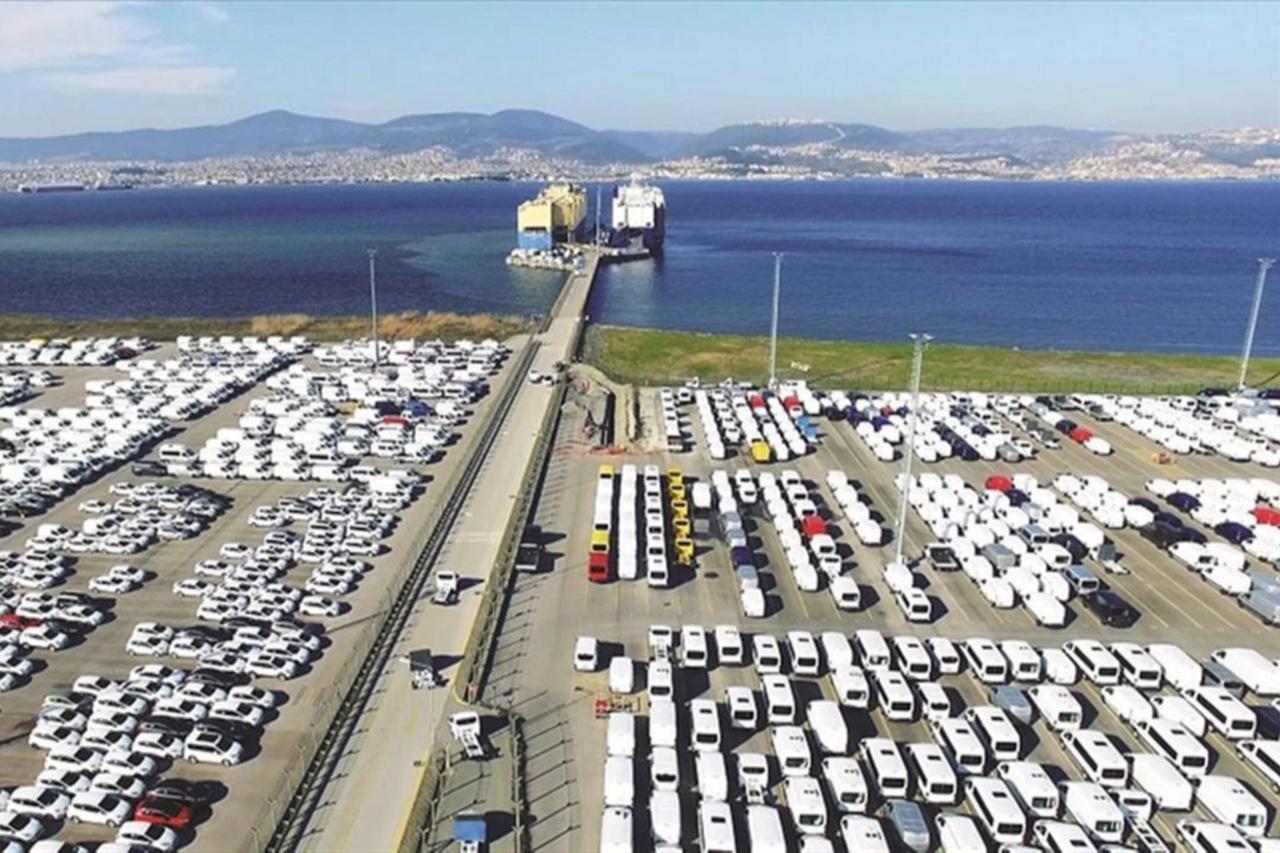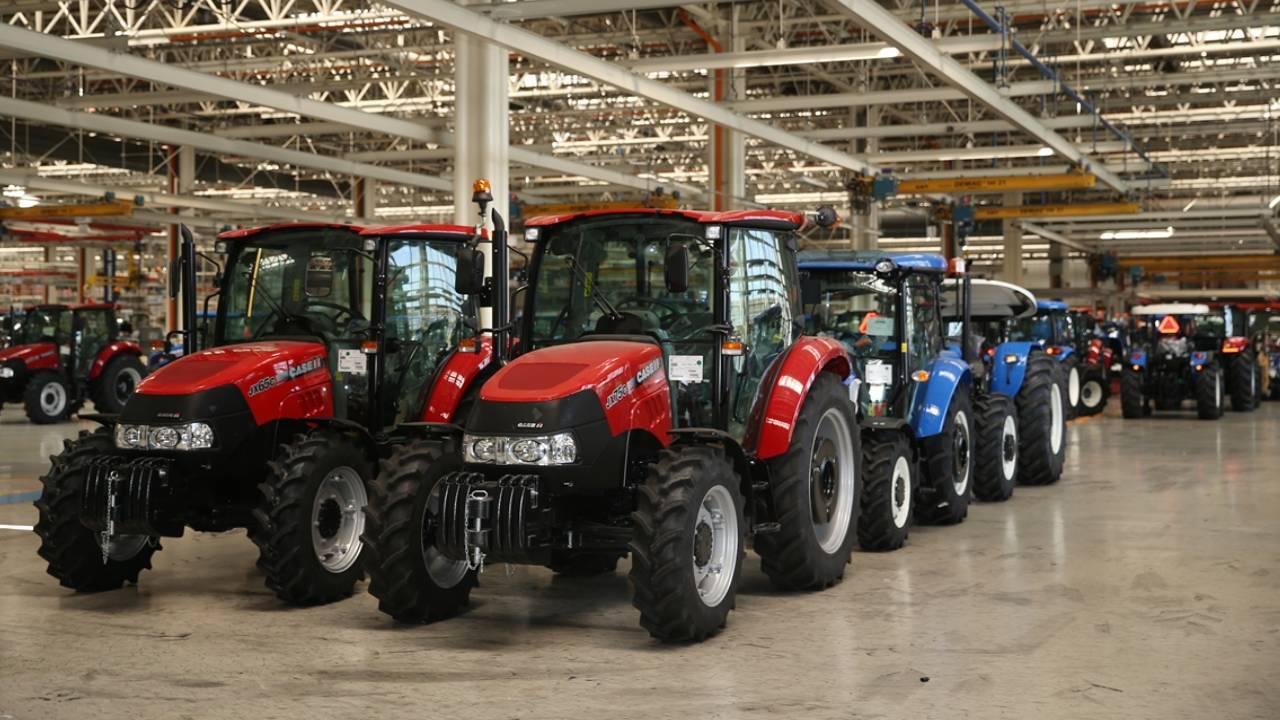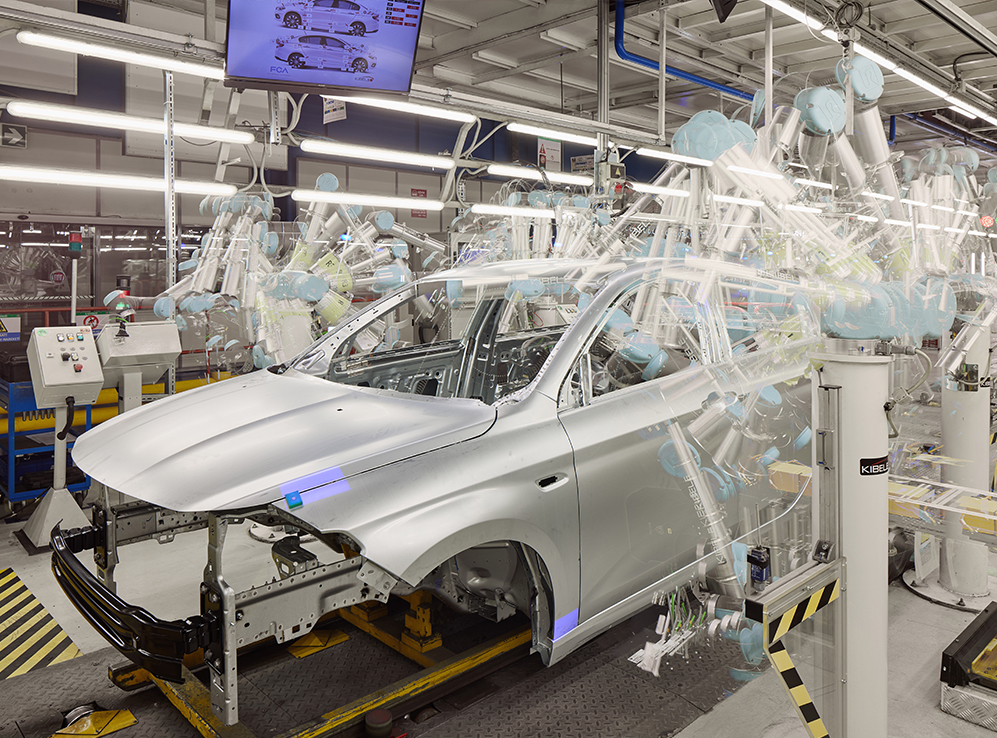
Türkiye’s leading manufacturing and export-oriented sector, the automotive industry, saw an over 9% surge in exports during the first seven months of 2025, driven by a 39% rise in commercial vehicle volume, according to data from the Uludag Exporters’ Association.
The increase brought overall automotive exports to 630,992 units, with a total value of $23.5 billion, accounting for 18% of Türkiye’s total exports in the period. Commercial vehicle exports totaled 246,000 units, representing 39% of total automotive export volume.
Passenger car exports fell 5% in unit terms in the first seven months of 2025, totaling 384,000 units, but their export value rose 12% to $6.9 billion, indicating higher average export prices despite lower volumes.
Tractor exports declined 32% to 6,490 units in the same period, reducing their overall contribution to automotive foreign sales.
In dollar terms, exports from main manufacturers grew 18% year-over-year, while the supplier industry—covering components, parts, and systems—posted a 7% increase. Together, these segments maintained the automotive industry’s position as Türkiye’s top export sector, accounting for 18% of the country’s total exports in January–July.

The Automotive Manufacturers Association (OSD) reported that total vehicle production reached 834,838 units between January and July, up 1% from the same period last year. Passenger car production decreased 4% to 521,447 units, while commercial vehicle output rose 11%, supported by a 14% increase in light commercial vehicles. Heavy commercial vehicle production dropped 9%.
Including tractors, total production stood at 853,376 units, with tractor manufacturing down 26%.
The industry’s average capacity utilization rate was 67% in January–July. Light vehicles, including passenger cars and light commercial vehicles, operated at 69% capacity. Trucks ran at 56%, buses and midibuses at 64%, and tractors at 42%.

Türkiye’s domestic automotive market grew 6% year-over-year to 739,903 units in the first seven months. Passenger car sales increased 7% to 572,198 units, while commercial vehicle sales rose 3%. Light commercial vehicle sales were up 6%, while heavy commercial vehicle sales fell 8%.
Domestic models accounted for 30% of passenger car sales and 20% of light commercial vehicle sales during the period.